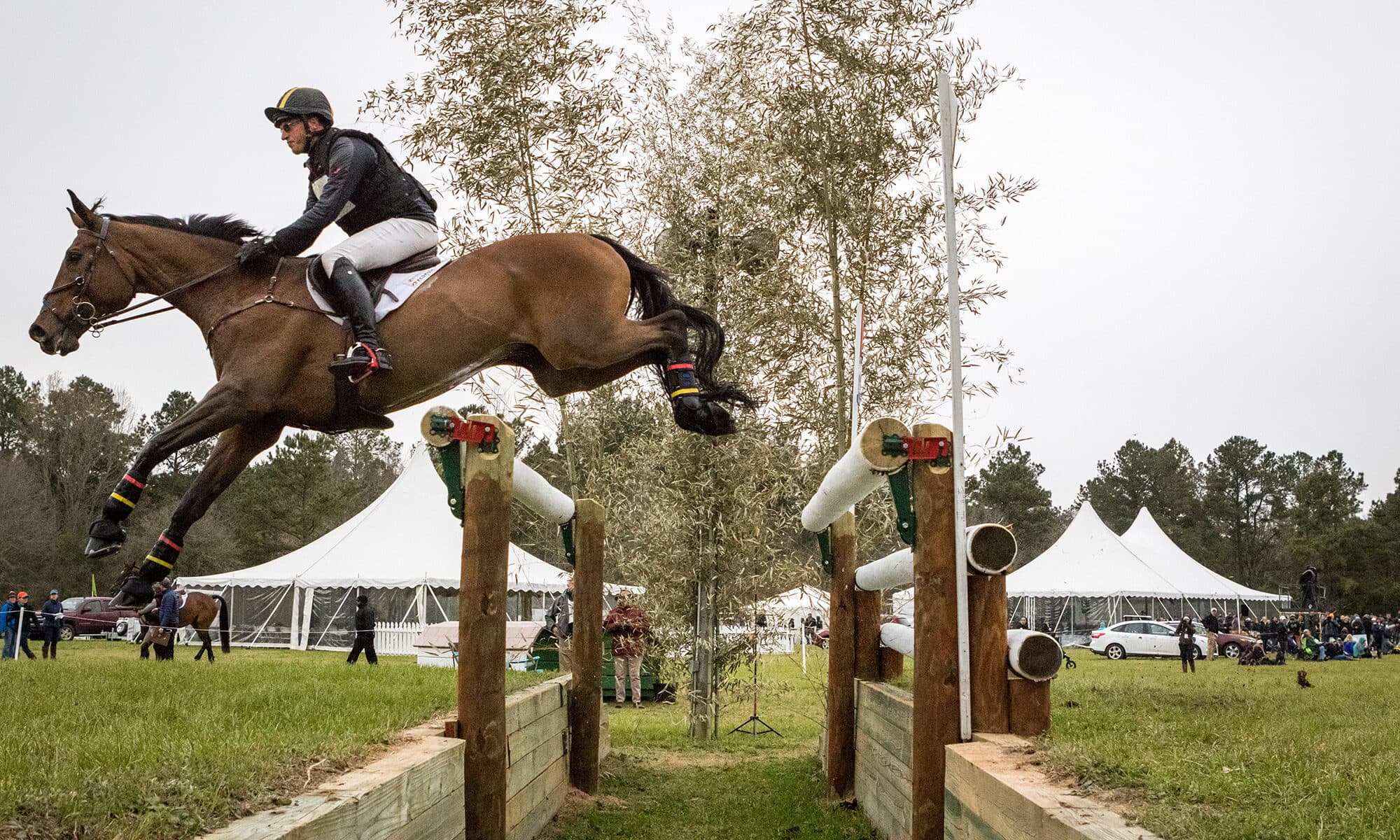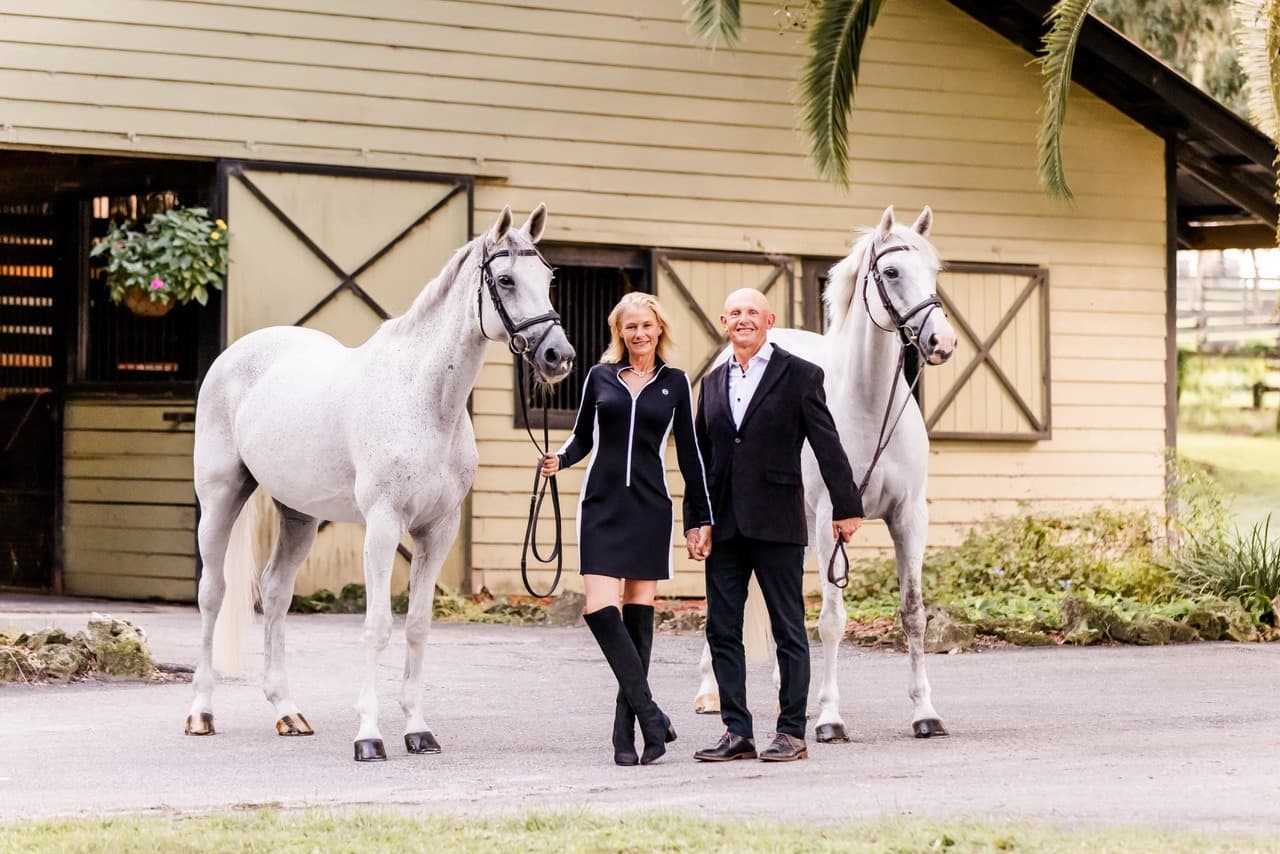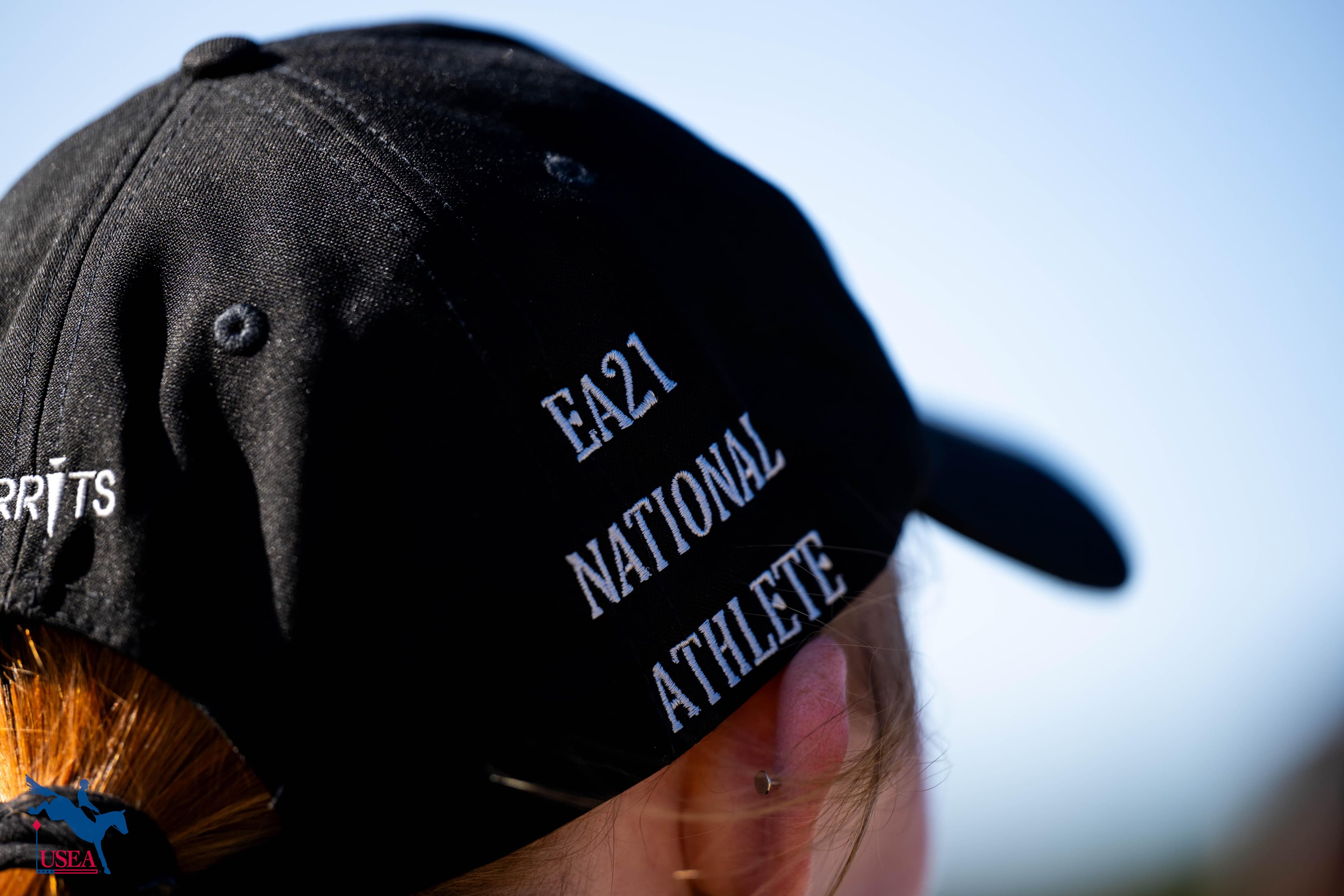Thesis Based on USEA Frangible Fence Study Released

Shannon Wood, a graduate student in the mechanical engineering program at the University of Kentucky, has published a thesis entitled “Safety Concepts for Every Ride: A Statistical Ensemble Simulation to Mitigate Rotational Falls in Eventing Cross-Country.”
Wood was part of the team that worked with Dr. Suzanne Weaver Smith, University of Kentucky Professor of Mechanical Engineering, on the USEA Frangible Fence Study from 2016-2018. The study was funded by donations raised by the USEA Foundation and the initial findings were released in 2019. Information from this study is also included in Wood’s thesis.
Wood’s thesis abstract states, “Rotational falls are the leading cause of death and serious injury in the equestrian sport of eventing. Previous studies to develop safety devices used physical models representing one or at most several physical situations leading to different designs and no common understanding. In this thesis, a statistical ensemble model is developed and applied to generate and evaluate 10,000 different situations that might potentially lead to rotational falls. For accurate statistical representation of the horse and rider inertia distributions, measurements of over 400 training or competing horses and riders were recorded and incorporated. Video was recorded of 218 total competitors approaching 10 different jumps on cross-country courses in competitions ranging from Preliminary to CCI5*, yielding jump configuration angles for different fence types. Combining information for these, among 26 total variables, a statistical ensemble simulation using impulse momentum physics identifies conditions for rotation and defines design criteria for future general and situation-specific jumps and safety devices. A Jump Safety Quality Index is also devised to represent the benefit of an activating fence design for mitigating rotational falls versus the detriment and competition penalties of false activation.”
Wood also shared the following highlights:
- Chapter 3 is largely engineering concepts for calculating physical properties of the horse and rider for the physics calculations. The measurement survey of competitors’ sizes yielded 429 measurements from a variety of breeds and USEA and FEI levels.
- Chapter 4 is video recordings of 10 cross-country fences to gather speed and position information in the field. Three fences were from the Kentucky CCI5* and seven were from Chattahoochee Hills in April of 2019 from Preliminary to CCI4*-S. These video recordings were taken from a stationary, side perspective to the jump in order to capture speed and position information. Speed information cannot be taken from competition video where the camera follows the horse. This was important because each jump is not taken at the course “Optimum Speed.”
- Chapter 5, specifically section 5.1, shows varieties of rotational falls: one-contact, two-contact (rotation upon landing), and torsional falls. Each of these may include the horse pushing off the ground while in contact with the fence. Each of these situations have different physical characteristics. The horse’s hind legs pushing could greatly vary the contact on the fence from those in a pendulum test. Two-contact rotations are also seen commonly in the video survey. These rotations are reliant on not only the fence, but the landing position of the horse’s leg, the footing, terrain, and ability to recover from stumbling.
- Chapter 7 includes the details of the simulation developed. Possibilities of irrecoverable contacts, where the competitor is in a position such that regardless of fence activation, the competitor will have a rotational fall. Angles and magnitudes of contacts for rotational and no-rotational falls are shown. No-rotational fall contacts average a “harder hit” than rotational fall contact. There is also a lot of overlap between contacts that result and don’t result in rotational falls. This makes it harder to design safety devices and increases the probability of activations for contacts that wouldn’t result in rotational falls (false activations). For this reason, the penalty for activating a safety device should be carefully considered.
“Results of this study include probability of rotation for a fixed fence scenario, the mitigative potential for preventing rotational falls, and contacts that cause a fence to activate but would not result in a rotational fall,” Wood said. “This information is incorporated into a Jump Safety Quality Index. It also includes force-time contact information for rotational and no-rotational fall contacts on the critical foreleg region. Illustrations of varieties of rotational falls are included—one-contact, two-contact (rotation on landing), and torsional falls and an additional contributor to rotation: hind feet pushing while in contact with the fence. Recommendations for impulse limit and contact angle are included to minimize unnecessary (false) activations.”
Wood’s thesis can be viewed in full here.
Read past updates on the USEA Frangible Fence Study:
- Safety Concepts for Every Ride: Simulations for Reducing Cross-Country Rotational Falls (March 13, 2020)
- VIDEO: Safety Concepts for Every Ride (May 9, 2019)
- USEA Collapsible Fence Study Year One Update (January 9, 2017)
- USEA Collapsible Fence Study: Update from the University of Kentucky (September 14, 2016)
- USEA Collapsible Fence Study Garners Tremendous Response (May 13, 2016)














